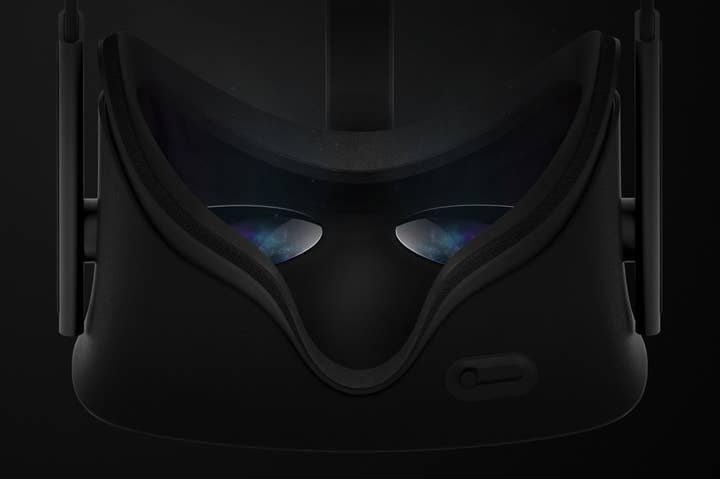Oculus acquires Surreal Vision
The Surreal Vision team has been focused on real-time 3D scene reconstruction
On its official blog, Oculus announced today that it's acquired Surreal Vision, which will join the Oculus Research team in Redmond, Washington and continue to focus on generating realistic 3D worlds in real-time. Naturally, this will be critical for any VR experience they wish to convey with the Oculus Rift headset, which ships to consumers in Q1 2016.
"Great scene reconstruction will enable a new level of presence and telepresence, allowing you to move around the real world and interact with real-world objects from within VR," the company noted on the blog.
Terms of the acquisition were not provided. However, Surreal Vision co-founder Richard Newcombe, the inventor of KinectFusion, DynamicFusion and DTAM (Dense Tracking and Mapping) and co-inventor of SLAM++, did offer these thoughts on the advantages his team's research will bring to Oculus:
"From the human point of view, the world is constantly in motion. As we move around, our eyes dart about the scene and the rich dynamical nature of the scene's contents come flooding in. We're able to make sense of those changing signals to produce a coherent understanding of the world we live in, which we effortlessly navigate and interact with. Over the past three decades, a great deal of work in computer vision has attempted to mimic human-class perceptual capabilities using color and depth cameras.
"At Surreal Vision, we are overhauling state-of-the-art 3D scene reconstruction algorithms to provide a rich, up-to-date model of everything in the environment including people and their interactions with each other. We're developing breakthrough techniques to capture, interpret, manage, analyse, and finally reproject in real-time a model of reality back to the user in a way that feels real, creating a new, mixed reality that brings together the virtual and real worlds.
"Ultimately, these technologies will lead to VR and AR systems that can be used in any condition, day or night, indoors or outdoors. They will open the door to true telepresence, where people can visit anyone, anywhere.
"Much progress has been made toward this future, but significant challenges remain. For virtual reality, the accuracy and quality of the continuously updating 3D reconstruction must be near flawless, which is a requirement almost no other modern computer vision problem faces. When we cross these seminal thresholds, users will perceive the virtual world as truly real - and that is the experience we're driving toward.
"By achieving the ability to continuously reconstruct and track the world around us, we'll be able to build an understanding of the world at a semantic level. This will bring the power of the digital world to the myriad of interactions we as humans perform everyday, leading toward a breakthrough in human-computer interaction and a computing platform that has true spatial awareness.
"Given the team, the resources, and this shared vision, there's no better place for us to help bring about these breakthroughs than Oculus. We're incredibly excited for the future."

